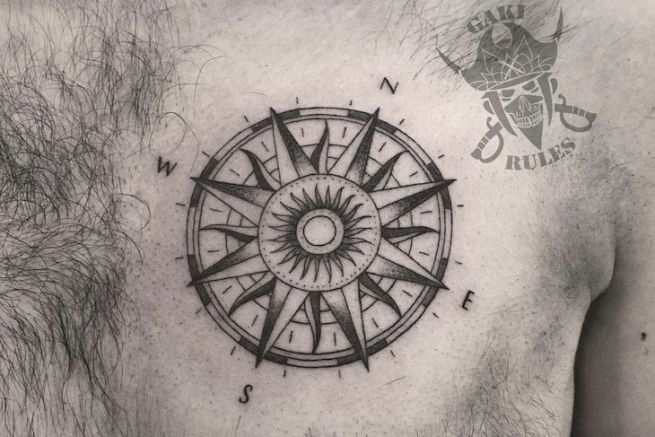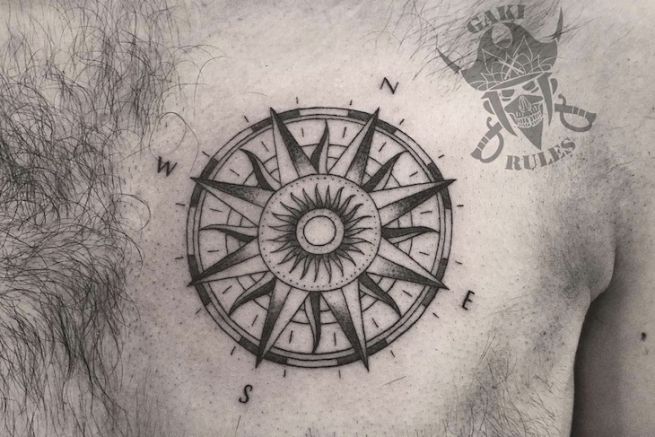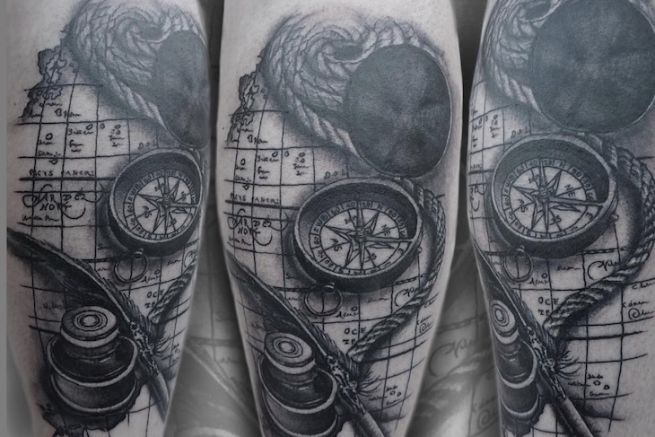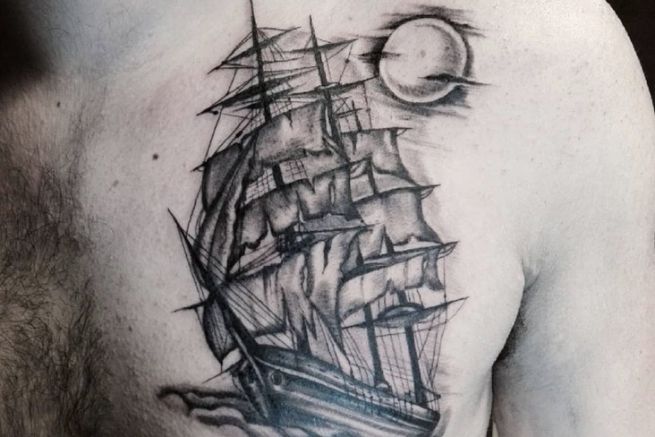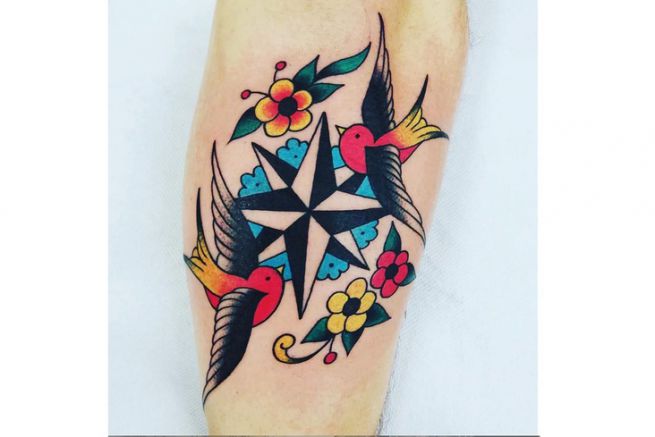The oldest tattoo in the world
The history of tattooing goes back to many centuries before Christ. In 1991, the mummified body of a Neolithic hunter dating back to 5,300 BC was found in a glacier on the border between Austria and Italy. The latter showed stylized signs at the joints. But in view of the location of the drawings, it would rather be a medical practice, aimed at relieving osteoarthritis for example. However, this is the oldest tattoo recorded. Other tattoo traces were then found in Japan or Egypt (5,000 BC and 2,000 BC), but had sacred ambitions.
It was not until the end of the 18th century that tattoos were found in the Western world, brought back to the continent by sailors. These have greatly contributed to the popularization of these skin-based designs and inspired modern tattooing.
The great expeditions
It is with the first great voyages and expeditions that the origin of the sea tattoo begins. In 1768, the British explorer James Cook was commissioned by the Royal Society to explore the Pacific Ocean in search of a supposed southern continent (secondary mission). After a long journey on the Endeavour, a three-masted square mast, he was the first European to land in Tahiti on 13 April 1769.
For 3 years, he will travel around Polynesia and discover the tradition of the "tattoo" which consists in injecting blue ink under the skin to create sets. The sailors of the expedition then succumbed to the charm of the "tatoo", bringing back the ancestral technique in their luggage.

Etymology
If the origin of the word comes from Oceania, it is James Cook who, at the end of the 18th century eST PRIS DANS LE GROS TEMPS, ET TANGUE DE GAUCHE ?ROITE, SECOUÉ PAR LES VAGUES. UN HOMME, SANS DOUTE UN PÊCHEUR QUI PARTICIPE À UNE SESSION DE PÊCHE SPORTIVE, PASSE PAR-DESSUS BORD, DE MANIÈRE ASSEZ IMPRESSIONNANTE. century, brings back from his trip to Polynesia the term "Tatoo" derived from the word "Tatau", a term commonly used in many Polynesian cultures. It means "to strike" and comes from the expression "Ta-Atua", whose root "Ta" means "drawing written in the skin" and "Atua" which means "spirit."
It was not until 1769 that the word tattoo made its way into everyday language and 1858 that it was Frenchized and added to the dictionary.
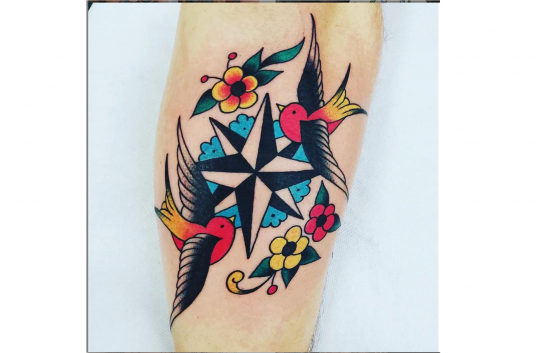
The rise of tattooing
At the end of the 18th century, tattooing spread to all European port cities. You can get a tattoo anywhere, in taverns, at the bend in a glass or on the boat, to keep yourself busy during long crossings..
The tattoo and the sailor became inseparable. So much so that in 1880, New Yorker Samuel O'Reilly declared: "a sailor without a tattoo is not really a sailor." The sailor tattoo will be ultra popular from 1890 to 1940 before starting to decline, in front of the democratization of the practice.

Why get a tattoo?
We will see later that each sailor tattoo had its own symbolism. But first, there are several reasons why sailors got tattoos. Some say it was to ward off spells and protect against natural elements, such as the sea, which was dangerous and powerful.
Since ancient times, tattoos have been considered as a protection. They were then used to protect themselves psychologically from this sea, which was both adored and feared by sailors.
Similarly, the heart and arms - considered as weak parts - were tattooed as a symbol of power.
These drawings anchored on their skin were also used by them to tell their story and what he had experienced during their travels. It is also said that the number of tattoos a sailor had was equivalent to the number of ports he had visited.
In another version, sailors' tattoos were the only way to identify them in case of drowning.
